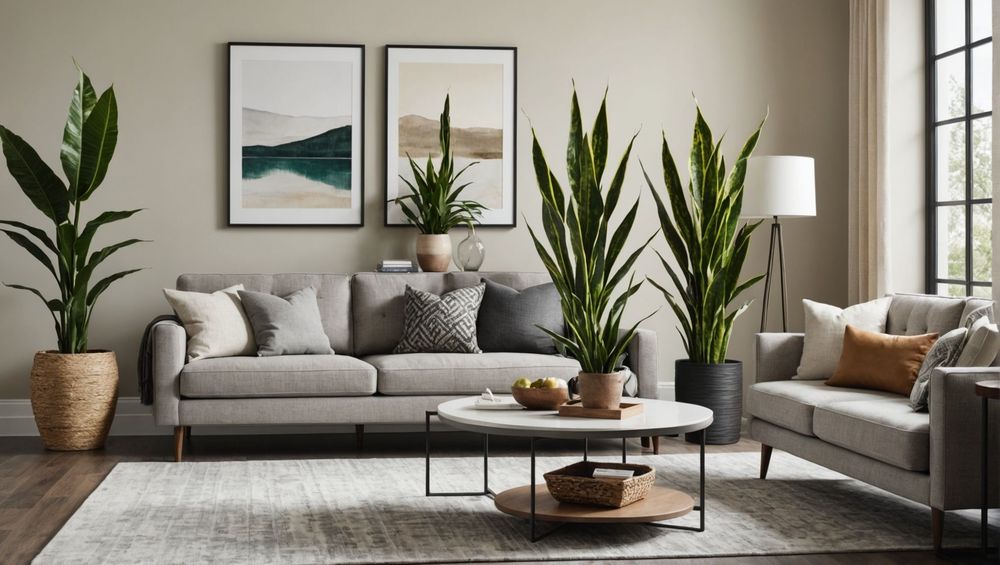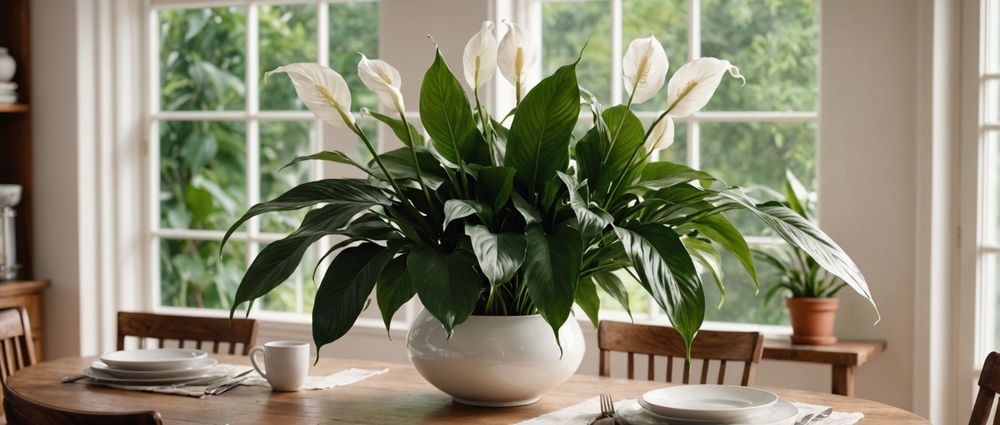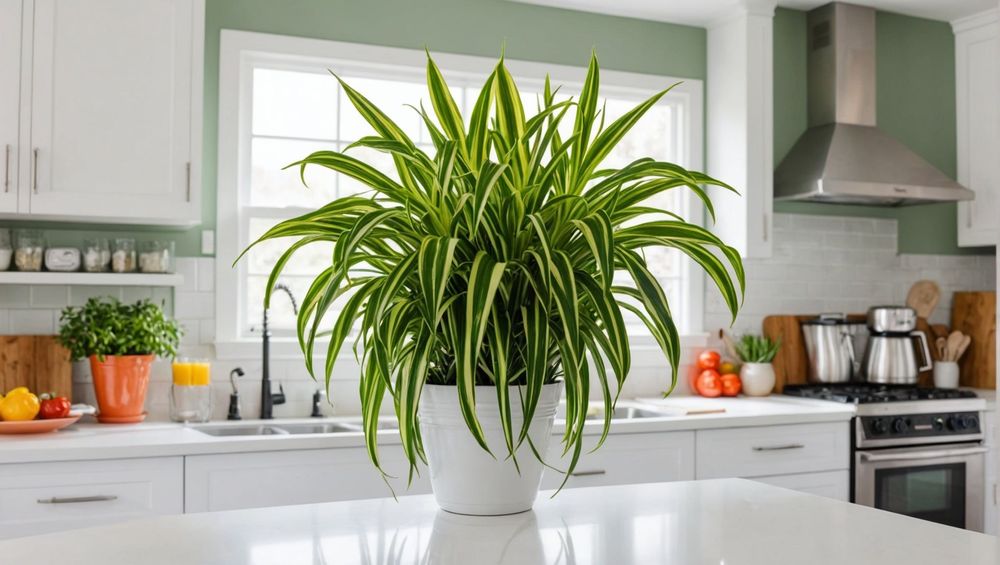In today’s world, where air pollution is increasing and indoor air quality often suffers, incorporating air-purifying plants into your home can make a significant difference. Not only do these plants enhance aesthetic appeal, but they also improve air quality by filtering harmful toxins. In this article, we will explore five of the best air-purifying plants, revealing their unique benefits and how they can infuse greenery into your living space.
1. Snake Plant (Sansevieria)

The Snake Plant, also known as Mother-in-Law’s Tongue, is a popular choice among homeowners looking to improve their air quality. This hardy plant is incredibly easy to care for and thrives on neglect. It is known to filter formaldehyde, xylene, toluene, and nitrogen oxides, making it an excellent choice for bedrooms and living rooms. Beyond its air-purifying capabilities, the Snake Plant has striking upright leaves that add a touch of modern elegance to any space. It can survive in low light and requires minimal watering, making it ideal for busy individuals. If you’re looking for a plant that is both functional and stylish, the Snake Plant should be on your list.
2. Peace Lily (Spathiphyllum)

The Peace Lily is not only beautiful but also one of the best air-purifying plants out there. With its lush green leaves and elegant white flowers, it adds a serene touch to any room. This plant excels in removing harmful chemicals such as ammonia, benzene, and formaldehyde from the air. One unique feature of the Peace Lily is its ability to thrive in low light conditions; however, it prefers well-drained soil and regular misting to maintain humidity. For those concerned about pets, it’s essential to note that Peace Lilies are toxic if ingested, so placement should be considered. With proper care, this plant can bloom year-round, ensuring your home always has fresh air and a vibrant look.
3. Spider Plant (Chlorophytum comosum)
The Spider Plant is a favorite among plant enthusiasts, especially for households with children and pets due to its non-toxic nature. Known for its arching green and white leaves, it adapts well to a variety of indoor environments. The Spider Plant efficiently removes pollutants like carbon monoxide and formaldehyde, making it an excellent choice for kitchens and living areas. Additionally, this plant propagates easily, producing “babies” or offshoots that can be easily potted. One of the best aspects of the Spider Plant is its ability to thrive in indirect sunlight and tolerate occasional neglect, making it particularly suitable for beginner plant owners. To keep it healthy, make sure to provide occasional watering and repotting when it outgrows its container.
4. Bamboo Palm (Chamaedorea seifrizii)
If you’re looking to create a tropical feel in your home while improving air quality, the Bamboo Palm is an excellent choice. With its lush fronds and tall stature, it brings an exotic vibe to any indoor space. Not only does the Bamboo Palm filter out formaldehyde and benzene, but it also acts as a natural humidifier, making it ideal for dry indoor environments. This plant prefers bright, indirect light and should be watered regularly to prevent the soil from drying out completely. It is also known to attract humidity, which can benefit other plants in your home. Those looking to add a touch of the tropics to their indoor environment will find the Bamboo Palm to be a rewarding choice.
5. Rubber Plant (Ficus elastica)
The Rubber Plant has become increasingly popular due to its striking appearance and air-purifying abilities. With its large, glossy leaves, it commands attention while also rapidly filtering air toxins like formaldehyde and carbon dioxide. This plant thrives in bright, indirect sunlight and demands regular watering to keep the soil moist but not soggy. One noteworthy feature of the Rubber Plant is its ability to grow quite tall, making it an impressive statement piece in any room. Additionally, it adapts well to varying light conditions, though it performs best with ample light. While the Rubber Plant can tolerate dryness, a little extra humidity can enhance its growth and vibrancy. This makes it a superb choice for both aesthetic appeal and health benefits.
Conclusion
Incorporating air-purifying plants into your home can significantly enhance air quality while adding a touch of nature to your décor. The Snake Plant, Peace Lily, Spider Plant, Bamboo Palm, and Rubber Plant are just a few of the many options available. Each of these plants not only purifies the air but also complements your interior space, making your home healthier and more inviting. By choosing the right plants, you can breathe easier and enjoy a vibrant, green oasis indoors.
FAQs
1. Which air-purifying plant is best for beginners?
The Snake Plant and Spider Plant are both excellent choices for beginners due to their low maintenance needs and resilience in various conditions.
2. Do air-purifying plants really work?
Yes, studies have shown that many houseplants can help reduce levels of indoor air pollutants, contributing to better air quality.
3. Can air-purifying plants thrive in low light?
Yes, several air-purifying plants like the Peace Lily and Snake Plant can thrive in low light conditions, making them ideal for bedrooms and offices.
4. Are there any air-purifying plants that are safe for pets?
Yes, the Spider Plant and Bamboo Palm are pet-friendly options that do not pose a risk if ingested.
5. How often should I water my air-purifying plants?
Watering frequency varies by plant, but generally, you should allow the soil to dry out between waterings for most air-purifying plants, especially the Snake Plant and Rubber Plant.


